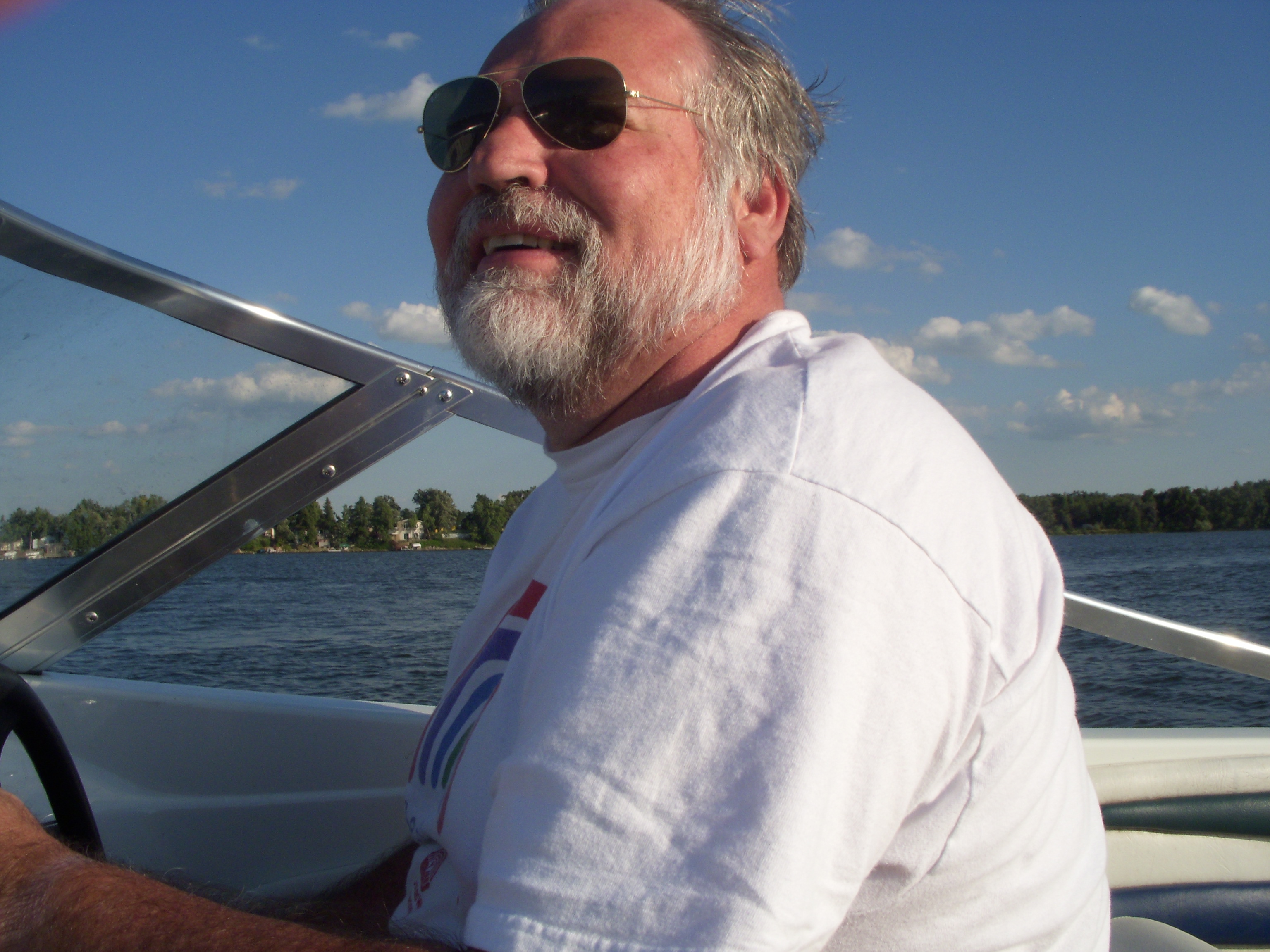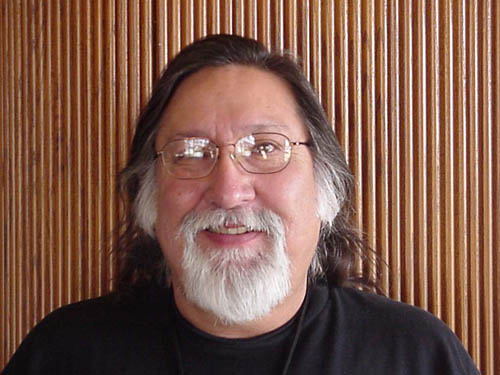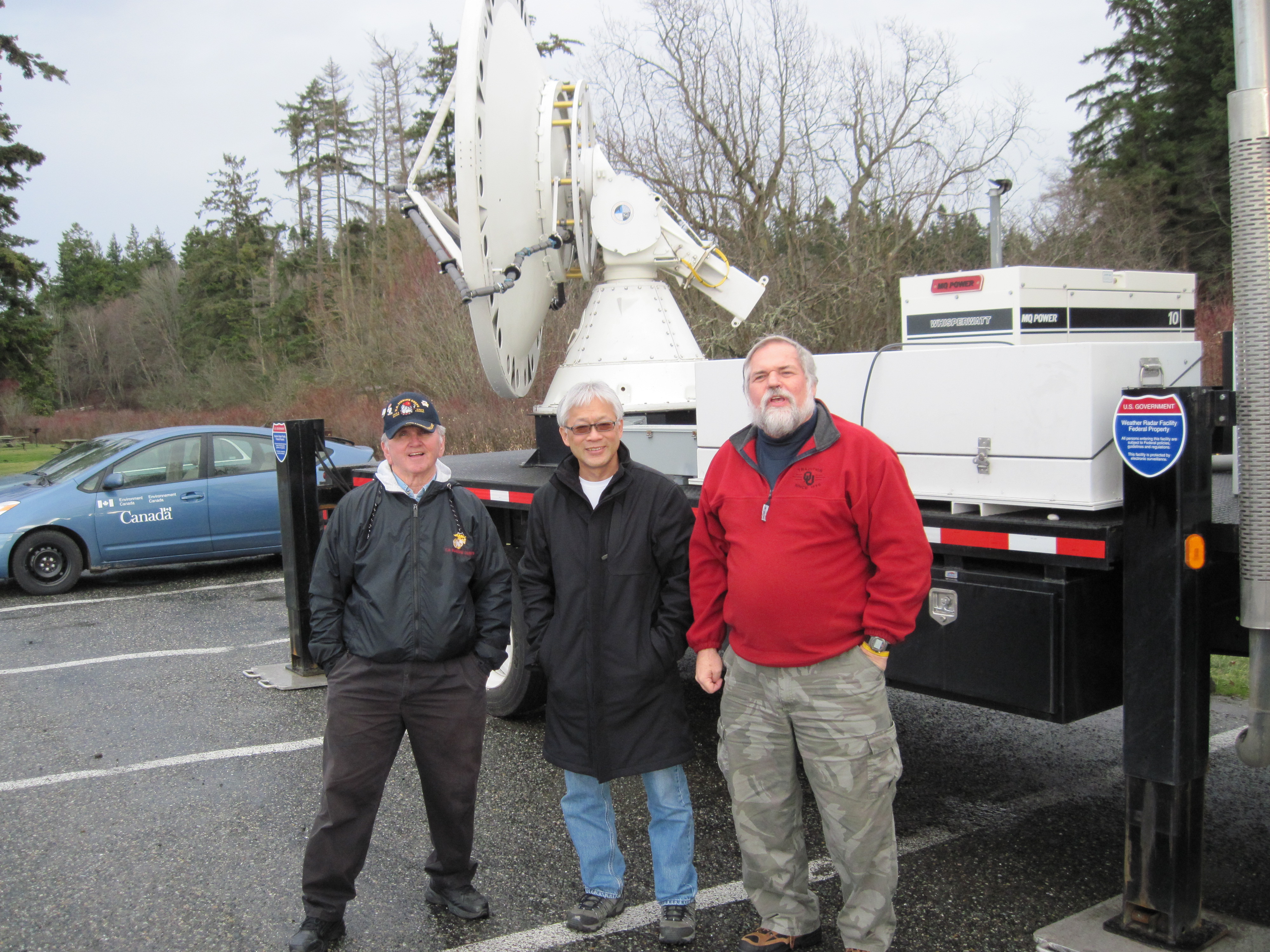The weather community lost a caring innovator and leader this month when retired NOAA National Severe Storms Laboratory employee Doug Forsyth passed away.
Forsyth left his fingerprints on many people and projects, most notably the creation of the National Weather Center in Norman, Oklahoma. As a leader at NSSL from 1985 to 2012, he was involved in Doppler radar research and development. He was also the visionary and director behind the formation of the National Weather Museum and Science Center, also in Norman.
Forsyth worked tirelessly as the program manager on behalf of NOAA during the planning, design, and construction of the NWC. He had the honor of planting the American flag on top of the completed building with co-worker Bob Staples, something Forsyth described as a once in a lifetime experience. From the building’s completion in 2006 to his retirement from NSSL, he had a tremendous sense of satisfaction when he was in his office on the fourth floor of the NWC, surrounded by prestigious weather organizations.
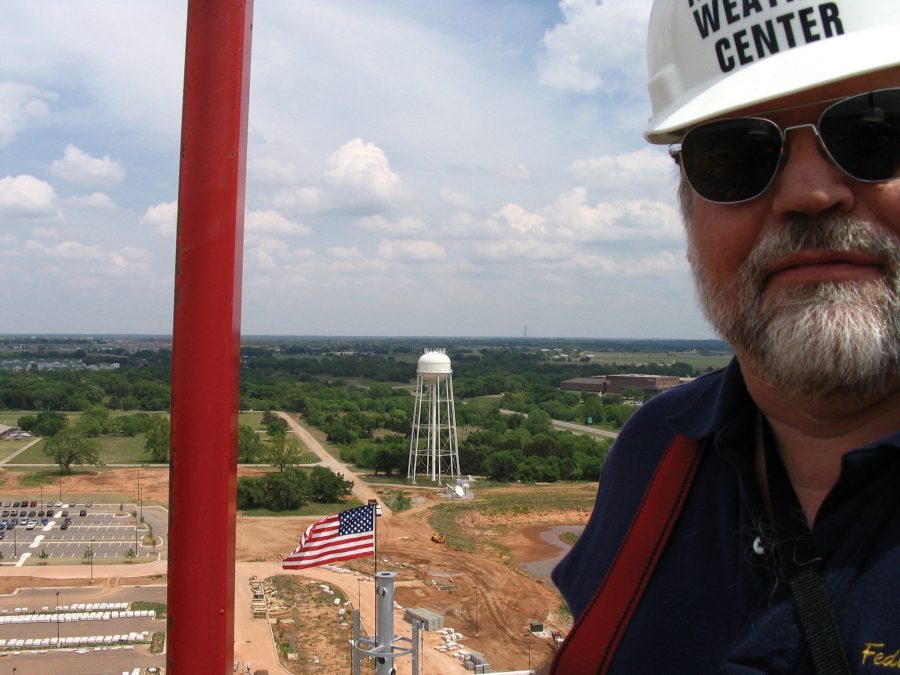
“I perceived him as one of the first true ‘servant leaders’ I have ever known,” said Jack Kain, director of the NOAA NSSL. “He didn’t seem to like being the person leading from out front, but to me, he was a huge part of the heart and soul of NSSL.”
“Doug was hard working and persistent, but self-effacing. He was never interested in self-promotion. It was like he had nothing to hide,” Kain added. “With Doug, there never seemed to be ulterior motives. You always knew what was driving him and it was almost always something for the greater good, not just for Doug.”
Forsyth joined the NOAA National Severe Storms Laboratory in 1985 following a career in the United States Air Force. He wore many hats during his time — special projects manager, division director, deputy director, and acting director before retiring in 2012 as the Chief of the Radar Research and Development Division.
His team explored the potential of Phased Array Radar, or PAR, and its rapid-scanning abilities. Forsyth loved his job and the freedom allowed to do, in his words, “what you think needs to be done.”
“We’re seeing things we’ve never seen before,” Forsyth said during a 2012 interview. “It’s a better radar. NSSL is state of the art – pushing the envelope of new horizons of knowledge – it is fun to be a part of something that benefits the nation.”
Kain said Forsyth accomplished great things for NSSL’s radar program, a sentiment echoed by many, including NSSL Deputy Director Kurt Hondl.
“Doug was always willing to jump in and get involved in the research, including running the radar or looking at the data, even if he may have had more important things to do,” Hondl said. Hondl served as the MPAR program manager after Forsyth and recalls many times Forsyth returned to work the radar.
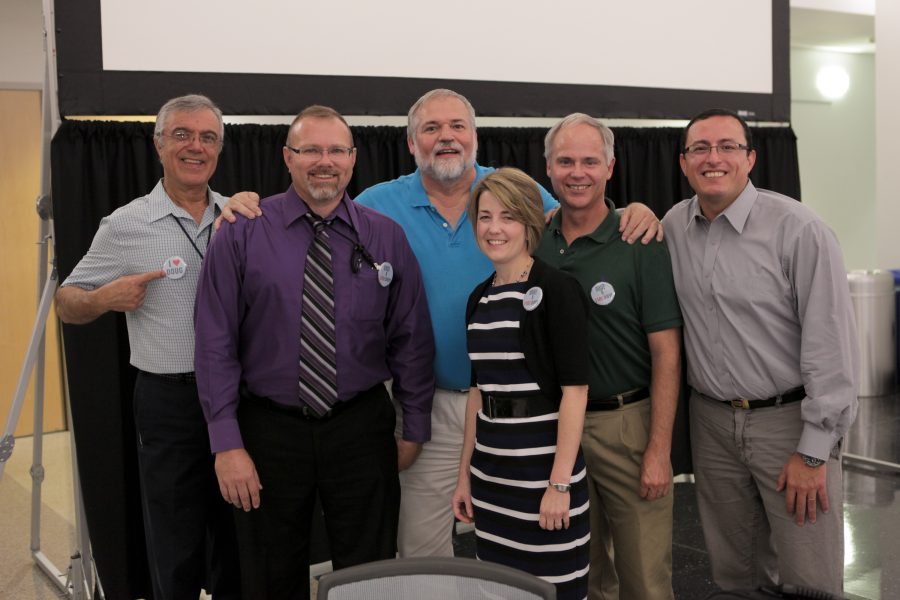
From left to right: Allen Zahari, Kurt Hondl, Doug Forsyth, Pam Heinselman, Mike Jain, and Sebastian Torres.
Forsyth invested not only in Doppler radar but in people, and his leadership inspired several people to continue to work at NSSL.
“Doug understood that people are the foundation of an organization,” said David Stensrud, former NSSL researcher and head of the Department of Meteorology at Pennsylvania State University.
“He was always looking for opportunities to help people grow in their professional careers and to build collaborations across NSSL divisions, with the NWS, and universities,” Stensrud added. “Doug also was an effective leader and over the years he taught me a lot about servant leadership and ways to build community. He was a wonderful colleague and friend, a man of strong faith, and is greatly missed.”
Forsyth’s passion to serve never stopped. His plans for retirement quickly changed from lake-side relaxing to building the National Weather Museum and Science Center in Norman.
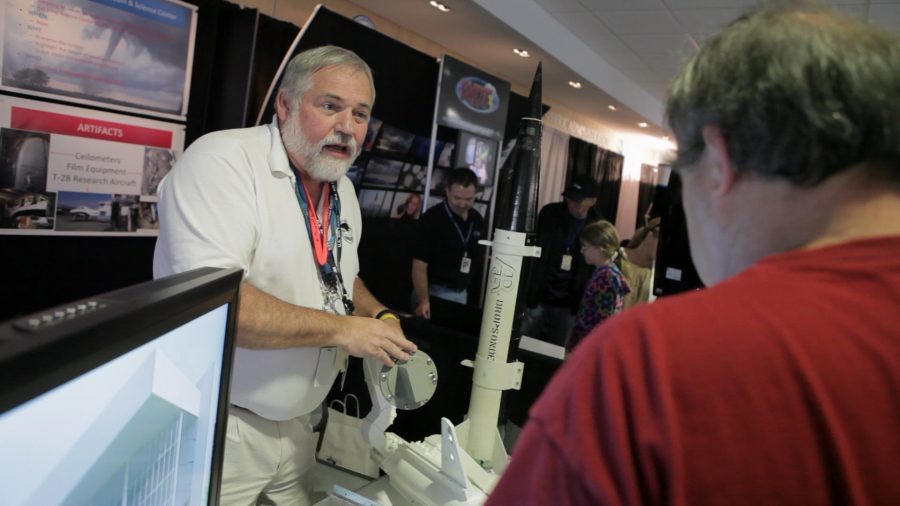
The museum was one of Forsyth’s many dreams as a way to share his passion for weather and its importance with the community. The museum highlights the science behind the weather, tools used by forecasters, and Oklahoma’s severe weather history, and hosts several unique hands-on displays.
Forsyth started his journey with severe weather in the United States Air Force. He earned his degree in meteorology from Penn State while in the Air Force, working on data models and flight simulators at the Air Force Global Weather Central in Nebraska. He then traveled to Hawaii, the Pentagon, and Massachusetts — becoming an expert in radar, algorithm development, and automation.
Landing in Oklahoma, Forsyth was the first Air Force representative for JDOP, the Joint Doppler Operation Project. The project aimed to prove the advantages of Doppler radar to the National Weather Service. He was part of the NEXRAD Interim Operational Test Facility in 1982, which was the beginning of the now NEXRAD Radar Operations Center, before joining NSSL three years later.
“He accomplished great things for NSSL’s radar program,” Kain said. “It was through his sheer will that the National Weather Center building came to fruition, and he was passionate about preserving the history of what he had seen by creating the National Weather Museum and Science Center. He was an inspiring man and we owe a lot to him.”
In addition to his many accomplishments, Forsyth was an avid racquetball competitor and was a dedicated amateur radio operator. Forsyth shared his passion for amateur radio with others in the NWC and they are the reason the NWC houses a two-position amateur radio station and an antenna on top of the building.
Forsyth has many lasting legacies, and those who interacted with him will always remember him saying, “Have a fine day.” A celebration of life is tentatively planned for spring 2021.
